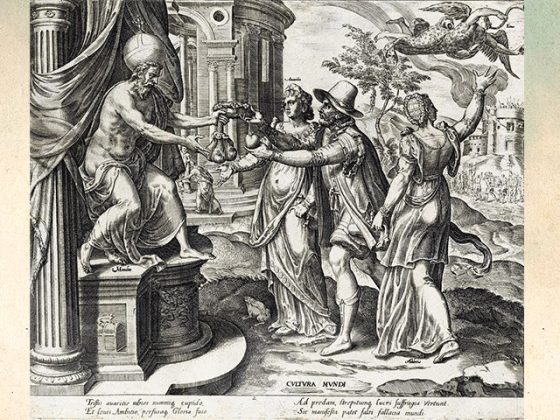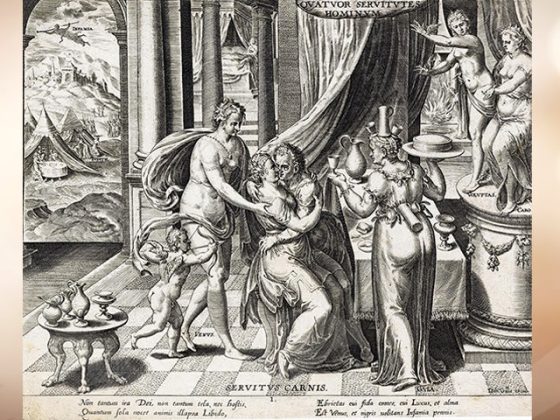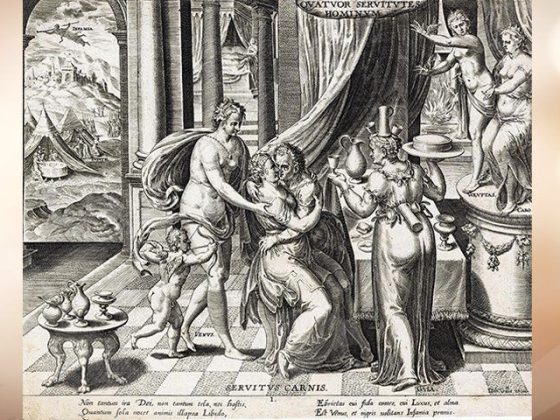Dearly beloved friends:
Inverential Peace!
I am pleased to send you, companions, a few words from our Avatar, V.M. Samael Aun Weor, which I consider important to be taken into account when we want to do a work upon OURSELVES in a correct way:
MECHANICAL EFFORTS AND CONSCIOUS EFFORTS
“The work is often difficult, but not impossible. It takes effort, that is obvious. But there are two kinds of effort: mechanical effort and conscious effort.
One type of mechanical effort, for example, is that of circus performers, who execute a series of efforts that serve no purpose, absurd!; acrobatics, etc., that have no importance.
But conscious effort is different. For there to be a conscious effort, there has to be a definite purpose and full knowledge of what one wants to do.
It is not enough just to know, to study the body of teaching. That is one part, but it is not all. It is necessary to attain the union of doctrine or doctrinal principles –that is, of knowledge– with the Being. When the Being and the knowledge are integrated, then from there conscious effort is born.
How does one know that a person possesses knowledge or, rather, that he or she really possesses comprehension? I am going to tell you: from the union of the Being and the knowledge comes comprehension. It is comprehension which connects the Being and the knowing. A person may have knowledge, but if he has not succeeded in uniting that knowledge with the Being, he will have no comprehension.
And how does one know that a person has the knowledge, but does not possess the comprehension? Very easy: he who only has the knowledge does nothing but repeat it, memorize it. But if a person who has this knowledge memorized is required to present it in the most diverse ways and from different angles in a spontaneous and natural form, he will not be able to do it; he will be satisfied with repeating more or less what he has accumulated in his memory and that is all.
But he who possesses comprehension can speak about any part of the doctrine in a conscious way and explain it from the most diverse angles. Why? Because he has comprehension, because he has reached comprehension, and this comprehension results –as I have already told you– from the union of the Being and the knowing; that is clear.
Therefore, there is a need to unite this knowledge –what one learns– with the Being. But how can that union be attained? By means of the force of longing, by means of inspiration. Only in this way could the Being and the knowing be united.
When one is comprehensive, when one comprehends the teaching, then one can truly work in a conscious way, make conscious efforts to get to fabricate the Philosopher’s Stone; that is obvious. Mechanical effort is useless.”
─Excerpts from the conference entitled “BASIC RULES OF THE PRECIOUS GEM”, dictated by V.M. Samael Aun Weor and collected in volume III of The Fifth Gospel, pages 370 and 371─.
KWEN KHAN KHU








